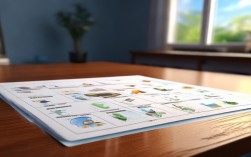Temperature measurement is a fundamental aspect of daily life, influencing everything from weather forecasts to cooking recipes. Among the various temperature scales, Fahrenheit remains widely used, particularly in the United States. This article explores the English terminology related to Fahrenheit, its origins, and practical applications.
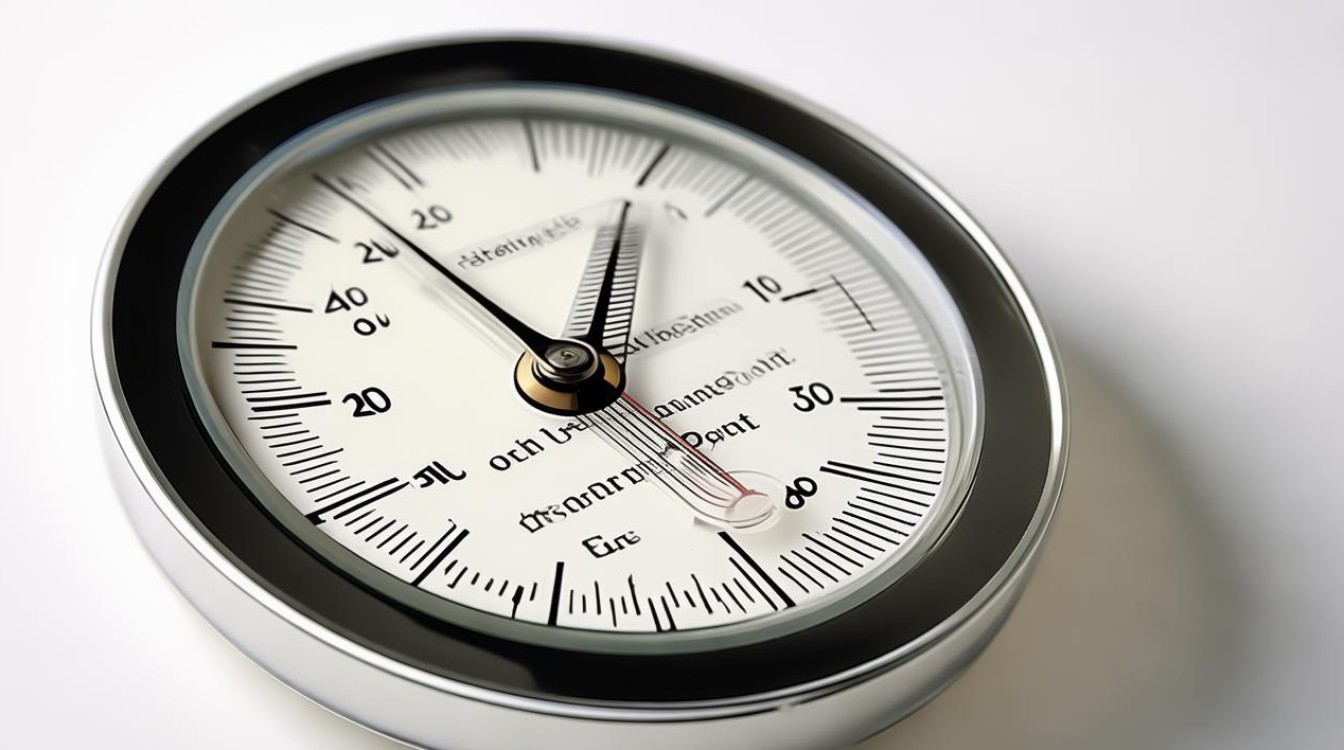
The Origin of the Fahrenheit Scale
The Fahrenheit scale was developed in 1724 by German physicist Daniel Gabriel Fahrenheit. He based his scale on three reference points:
- Freezing Point of Brine – A mixture of water, ice, and ammonium chloride set at 0°F.
- Freezing Point of Pure Water – Defined as 32°F.
- Human Body Temperature – Initially set at 96°F (later adjusted to 98.6°F).
Unlike Celsius, which uses water’s boiling and freezing points as benchmarks, Fahrenheit’s scale was designed for precision in early thermometry.
Key English Terms Related to Fahrenheit
To fully grasp Fahrenheit, it’s essential to understand the associated vocabulary:
Degree Fahrenheit (°F)
- The unit of measurement on this scale. Example: "Today’s high is 75°F."
Freezing Point
- The temperature at which water turns to ice (32°F).
Boiling Point
- The temperature at which water boils (212°F at sea level).
Ambient Temperature
- The surrounding air temperature, often reported in Fahrenheit in the U.S.
Thermometer
- The instrument used to measure temperature, calibrated in Fahrenheit, Celsius, or both.
Room Temperature
- Typically considered around 68–72°F for comfort.
Heat Index
- A measure combining air temperature and humidity to reflect perceived heat, often given in °F.
Wind Chill
- Describes how cold it feels due to wind, also measured in °F.
Fahrenheit vs. Celsius: A Quick Comparison
While most countries use Celsius, the U.S., Belize, and a few others still rely on Fahrenheit. Here’s how the two scales differ:
| Reference Point | Fahrenheit (°F) | Celsius (°C) |
|---|---|---|
| Freezing Point | 32°F | 0°C |
| Boiling Point | 212°F | 100°C |
| Human Body Temp. | ~98.6°F | ~37°C |
Converting between the two is straightforward:
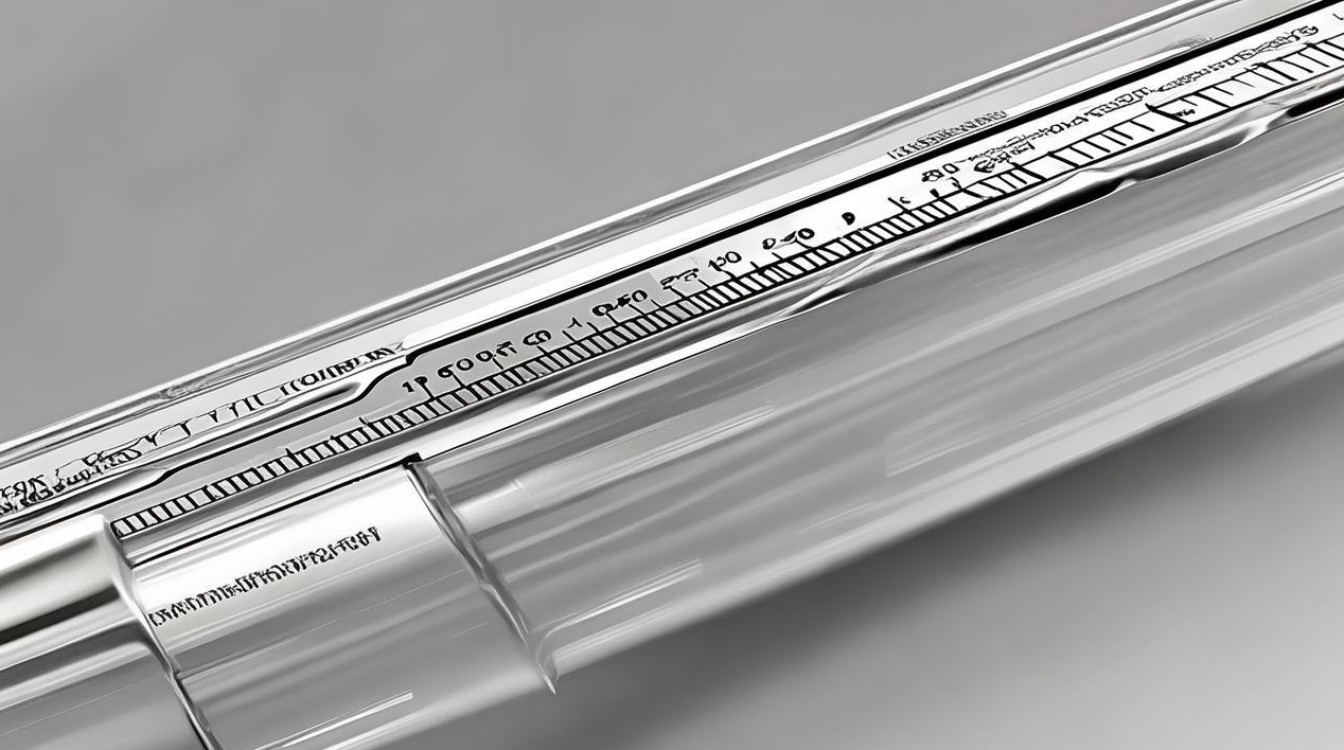
- °F to °C: Subtract 32, multiply by 5/9.
- °C to °F: Multiply by 9/5, then add 32.
Practical Uses of Fahrenheit
Weather Reporting
In the U.S., weather forecasts use Fahrenheit. A "hot summer day" might be 90°F, while a "cold winter night" could drop to 20°F.
Cooking and Baking
Many American recipes specify oven temperatures in Fahrenheit. For example, baking bread often requires 350°F.
Medical Applications
Though most medical fields use Celsius globally, some U.S. healthcare providers still reference body temperature in Fahrenheit.
Industrial Settings
Certain manufacturing processes, like metalworking, may use Fahrenheit for historical consistency.
Why Fahrenheit Persists in Some Regions
Despite the global shift toward Celsius, Fahrenheit remains entrenched in American culture due to:
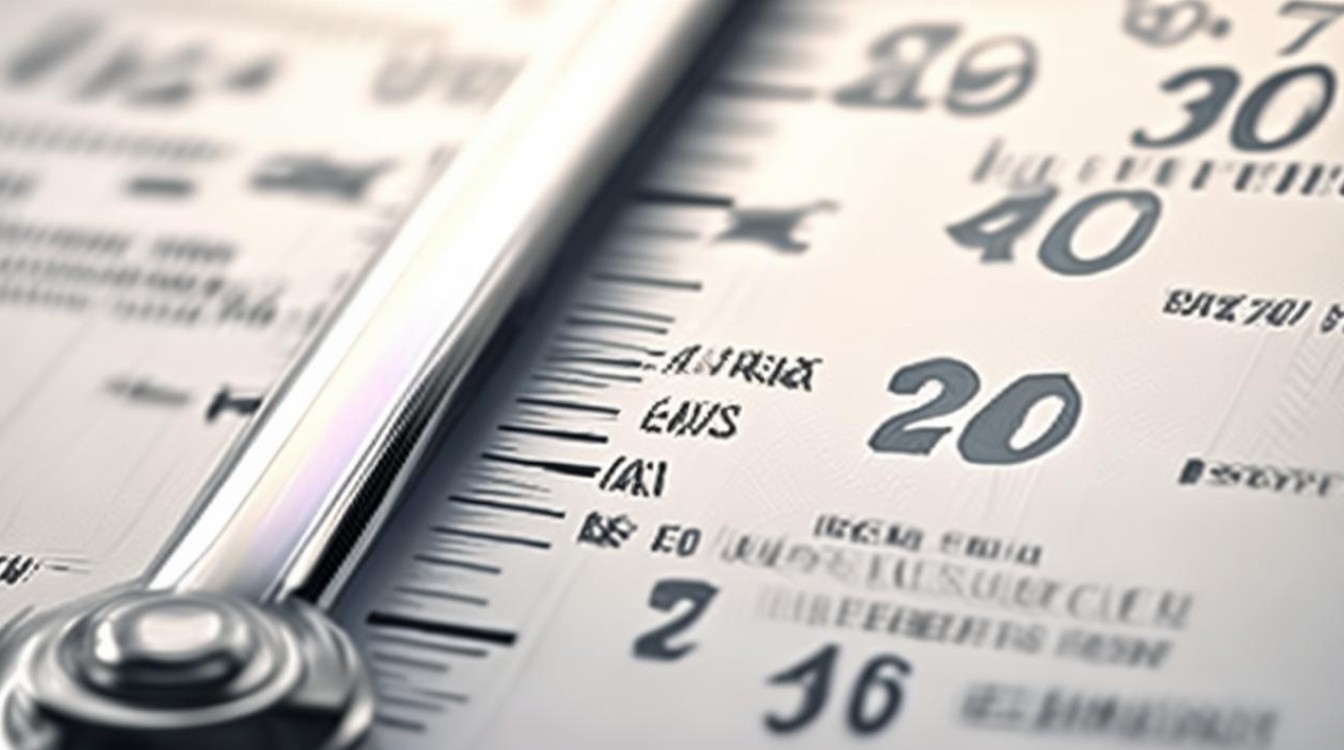
- Familiarity – Generations have grown up using it.
- Precision in Weather – The 0–100°F range covers most everyday temperatures.
- Resistance to Change – Switching systems would require massive adjustments in education, industry, and public communication.
Common Misconceptions About Fahrenheit
"Fahrenheit Is Arbitrary"
While its reference points seem unusual, they were practical for early scientists. The 32°F freezing point allowed finer gradations than Celsius for weather observations.
"Only the U.S. Uses Fahrenheit"
A few other nations, like the Cayman Islands, also use it for certain applications.
"Fahrenheit Is Less Scientific"
Both Fahrenheit and Celsius are valid; the choice depends on context and regional preference.
The Future of Fahrenheit
With increasing globalization, some speculate that the U.S. may eventually adopt Celsius. However, given cultural inertia and the costs of transition, Fahrenheit is likely to remain in use for decades.
For now, understanding both scales is valuable, especially for international communication. Whether checking the weather, cooking, or traveling, knowing how to interpret Fahrenheit ensures clarity in daily life.
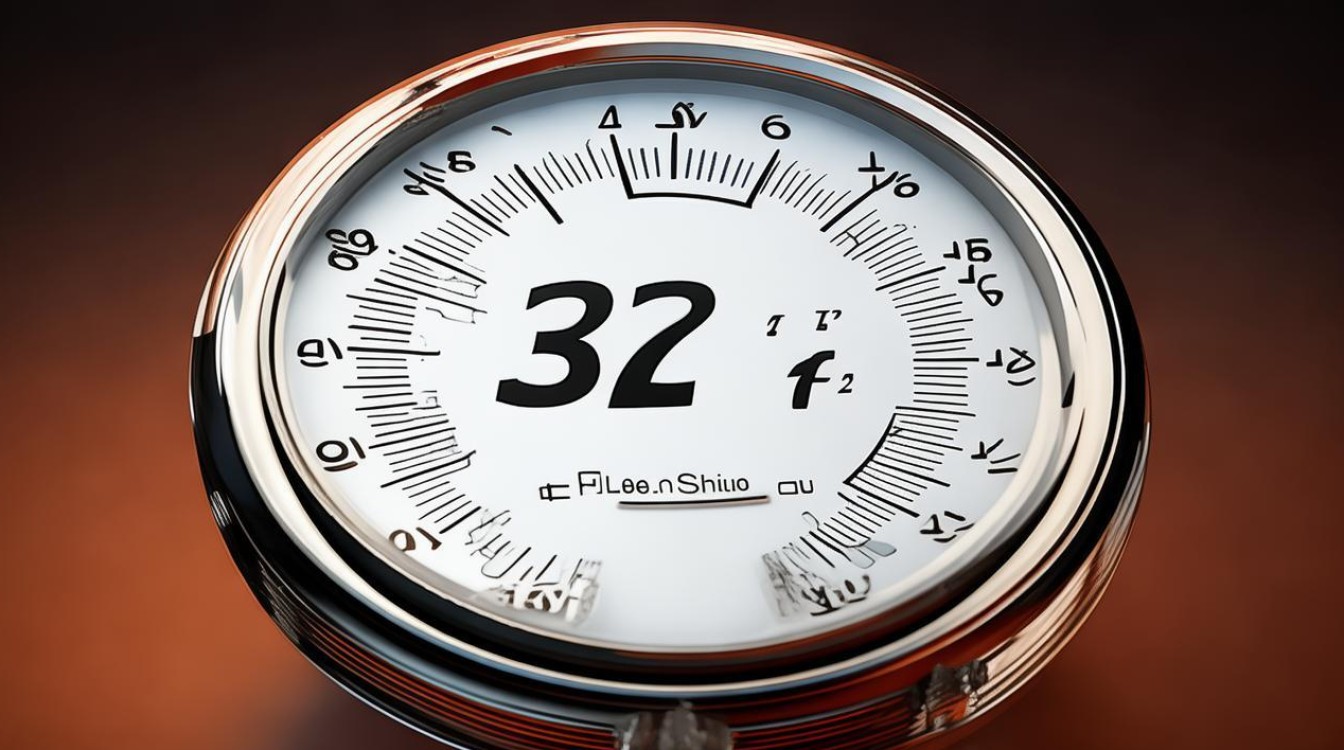
Temperature is more than just a number—it shapes how we dress, work, and live. By mastering the terminology and logic behind Fahrenheit, we gain a deeper appreciation for this enduring measurement system.

